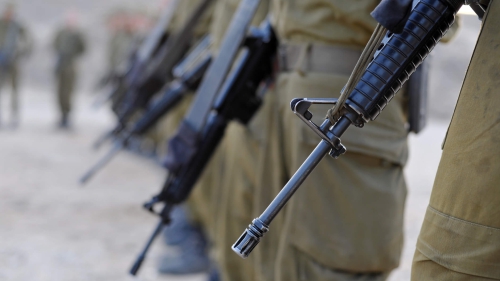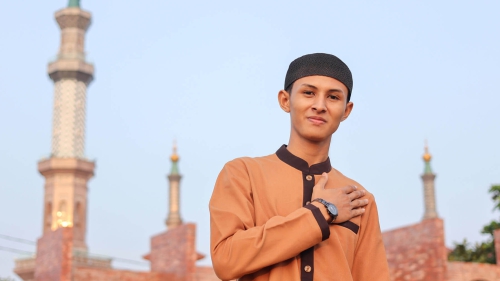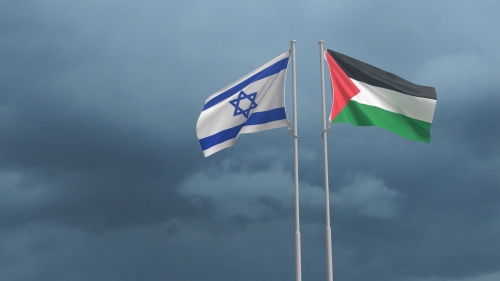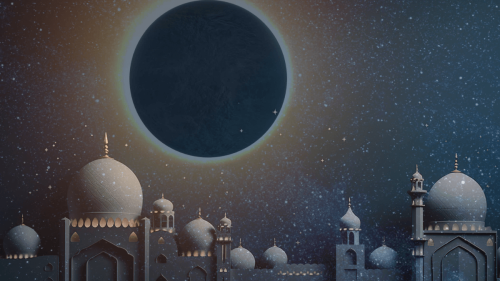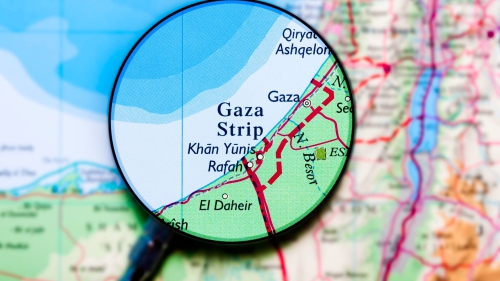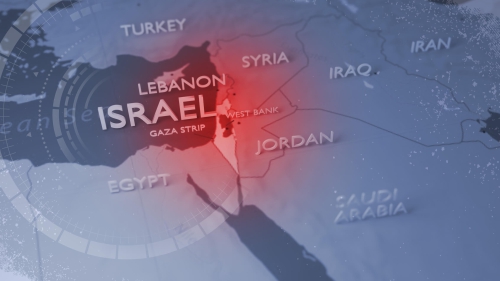Services
Highlights
Quran 30:43
News Around the World
LIFE & SOCIETY
THEGUARDIAN.COM
Where are they supposed to sleep?’: US supreme court appears divided on key homelessness case
FAITH & SPIRITUALITY
USNEWS.COM
India’s Modi Calls Rivals Pro-Muslim as Election Campaign Changes Tack
NATURE & SCIENCE
KYGO.COM
Admission to the Denver Museum of Nature & Science is FREE this weekend
WORLD AFFAIRS
ALJAZEERA.COM
Watching the watchdogs: The media downplays a big legal story at its peril
WORLD AFFAIRS
ALJAZEERA.COM
‘Fire and forget’ in Gaza
WORLD AFFAIRS
ALJAZEERA.COM
Post-1948 order ‘at risk of decimation’ amid war in Gaza, Ukraine: Amnesty
WORLD AFFAIRS
ALJAZEERA.COM
Parallel economy
WORLD AFFAIRS
ALJAZEERA.COM
In numbers: 200 days of Israel’s war on Gaza
WORLD AFFAIRS
THEHILL.COM
Russia to intensify attacks on Western weapons stored in Ukraine, Kremlin warns
WORLD AFFAIRS
BBC.COM
UNRWA: Restart aid to Palestinian UN agency, EU urges
WORLD AFFAIRS
COMMONDREAMS.ORG
UN Rights Chief demands international probe of mass graves near Gaza hospitals












